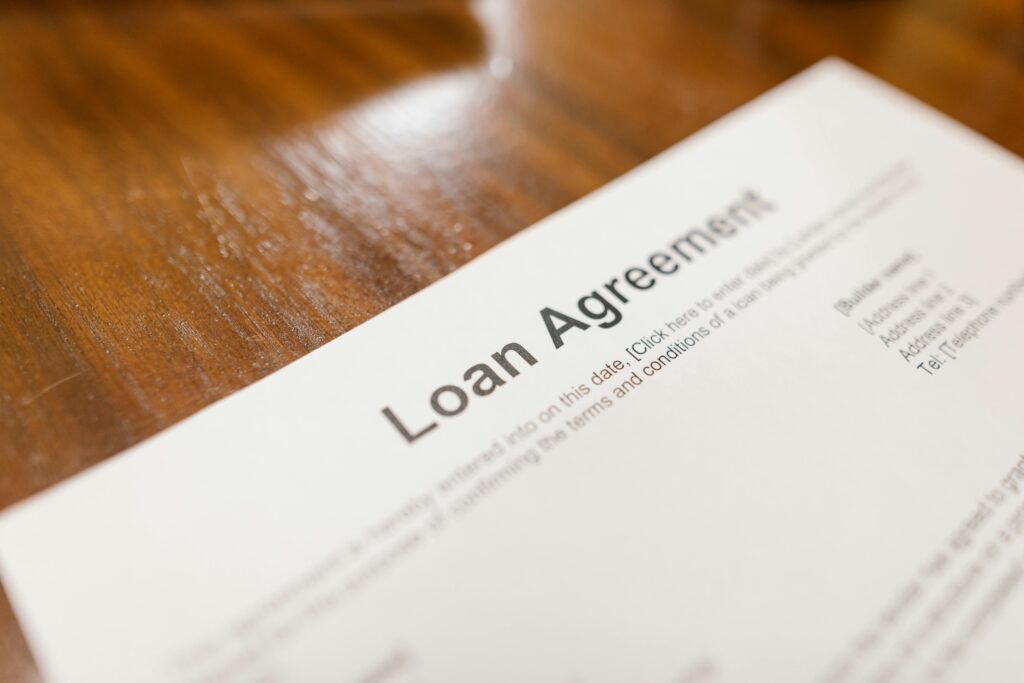The Small Business Cashflow Scheme (SBC), introduced during the Covid-19 pandemic, has hit a rough patch. According to the Inland Revenue Department (IRD), around 10,000 businesses have defaulted on their loans, leaving over $161 million unpaid. That’s a hefty chunk of the $2.4 billion handed out to keep small businesses afloat during the economic chaos of the pandemic.
Small Business Loans: The Growing Default Problem
The SBC was meant to be a financial lifeline for small and medium-sized businesses struggling to survive during Covid-19. More than 129,000 businesses took advantage of the scheme, borrowing an average of $17,000 each. But now, many are finding it tough to keep up with repayments.
Starting June 2025, things get even tougher. The IRD is tightening the screws on unpaid loans, meaning any outstanding balance will automatically default. That triggers a punishing interest rate: 10.88% in default interest on top of the standard 3% loan interest. That’s a massive 13.88%—a serious financial burden for businesses already struggling.
Deloitte tax partner Robyn Walker isn’t sugarcoating it: “It’s definitely a problem because it all just goes into the bucket of money that the Government would like to get, which it’s not going to.” The IRD isn’t about to let this slide, so if you’ve got an outstanding balance, now’s the time to figure out a repayment plan.
The issue is particularly severe in Auckland, where extended lockdowns forced businesses to rely more heavily on financial support. That highlights just how uneven the pandemic’s economic impact has been across the country.
If you’re considering alternative financing options, you might be wondering, can I get a loan to start my own business? This guide breaks down what you need to know about securing funding.

SBC: From Emergency Relief to Ongoing Debt
When it first launched, the SBC scheme seemed pretty manageable. Businesses could borrow with an interest-free grace period of one year, followed by a 3% interest rate—fair enough given the circumstances.
But as Covid’s economic effects dragged on, the government extended the program. By March 2022, businesses could apply for top-up loans:
- A base top-up of $10,000 for existing borrowers
- Additional funds for those who hadn’t maxed out their eligibility
- The same 3% interest rate as the original loan
- Extended repayment timelines
Even with these accommodations, many businesses are still struggling to pay up. By the end of 2024, about 50,000 businesses had managed to clear their debts, but nearly $953 million remained unpaid—about 40% of the total amount borrowed.
Walker describes the SBC program’s evolution as a “potted history” of the government’s efforts to adapt to an unprecedented economic crisis. At its peak, the scheme filled a crucial gap, offering businesses a financial cushion when private lenders wouldn’t—or couldn’t—step in.
If you’re thinking of buying an existing business, you should also consider the questions to ask when buying a business in New Zealand to ensure you’re making a sound investment.
Struggling with Repayments? Here’s What to Expect
If you’re behind on SBC repayments, the IRD is stepping up enforcement. The process starts gently, with reminders and notices, but if you continue to fall behind, things get serious fast.
Here’s how it plays out:
| Stage | IRD Action | Your Options |
|---|---|---|
| 1 | Payment reminders | Resume payments to avoid penalties |
| 2 | Formal default warning | Set up a payment arrangement |
| 3 | Loan officially in default | Pay in full or negotiate a structured plan |
| 4 | Legal collection proceedings | Get legal advice (bankruptcy is a possibility) |
The IRD has made it clear: if you default, they can demand immediate full repayment. And in extreme cases—particularly if fraud is suspected—criminal charges could even be on the table. However, most enforcement efforts will focus on getting businesses to agree to repayment plans that balance their financial situation with the government’s need to recover taxpayer money.

What This Means for Small Businesses
The $161 million in defaulted loans is a problem for both the government and the businesses affected. It’s a sign that many companies are still feeling the aftershocks of the pandemic, struggling to regain stability in a tough economic climate.
Walker compares the SBC to past crisis-response programs, like those implemented after the Christchurch earthquake in 2011. While the government had models to draw from, the sheer scale of the pandemic made managing these loans a unique challenge.
For businesses still in debt, Walker has a word of advice: “It would be timely to start looking at it and getting a process in place to get it under control.” In other words, don’t wait until the default interest kicks in—act now to explore your repayment options.
As New Zealand moves forward, resolving these outstanding loans will be a key step in closing the book on pandemic-era emergency funding. But for small businesses, the road ahead is still full of financial hurdles. The best move? Get ahead of the problem before the IRD comes knocking.
